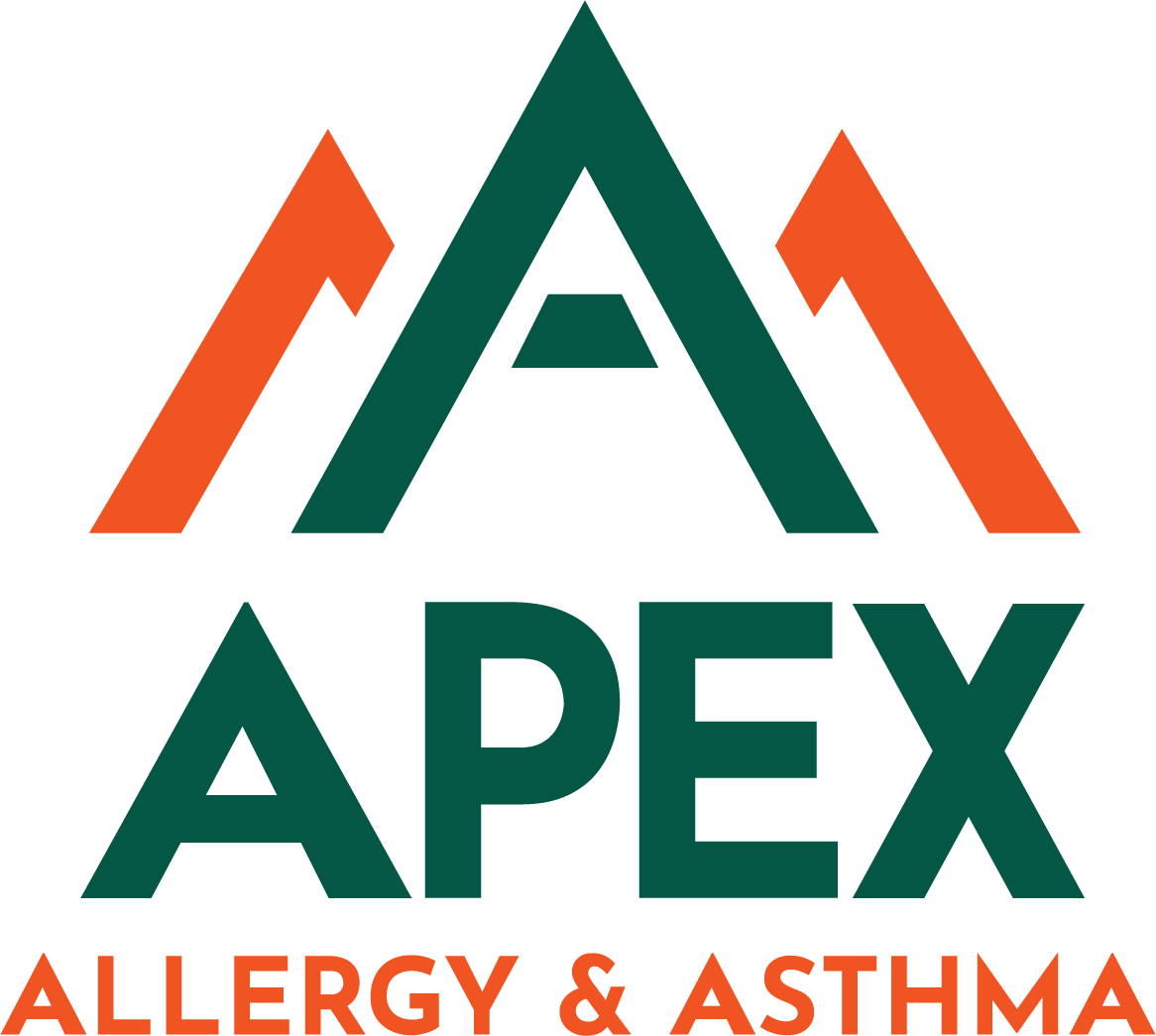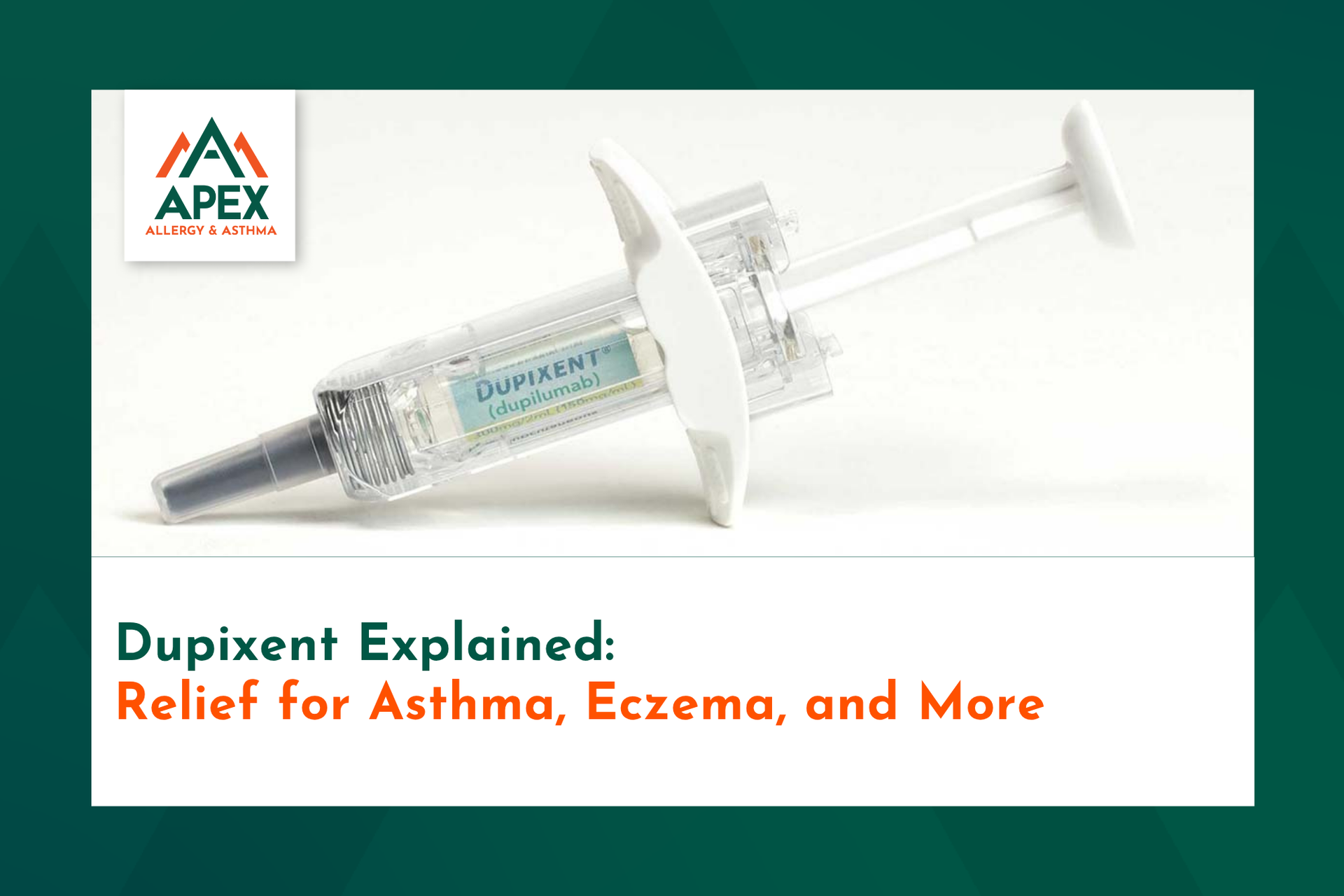Eosinophilic esophagitis (EoE) is a rare and chronic immune system condition that affects your esophagus, which is what connects your throat to your stomach, shaped like a tube. When you have eosinophilic esophagitis, your esophagus becomes inflamed due to the presence of eosinophils – a type of white blood cells. This, in turn, causes symptoms that are similar to gastroesophageal reflux disease (GERD) like chest pain and difficulty swallowing.
Eosinophilic esophagitis has been more often diagnosed in children in the past due to them typically having symptoms like feeding and eating difficulties, vomiting, and failure to thrive.
If your child has recently been diagnosed with eosinophilic esophagitis, Mark C. Stahl, DO, and the rest of our team at Apex Allergy and Asthma want you to know how this condition is treated and what possible complications to be on the lookout for in your child.
How we treat eosinophilic esophagitis
EoE is definitively diagnosed by biopsy which is performed by a Gastroenterologist. After we confirm your child’s eosinophilic esophagitis diagnosis, there are a few different treatment routes we recommend. Not only can these options give your child the relief they need, but they can also help reduce the amount of flare-ups they have.
Dietary changes
Food allergies often trigger eosinophilic esophagitis symptoms, although experts are unsure why this happens. A tried and true method for eliminating eosinophilic esophagitis symptoms is to take out certain known allergens from your child’s diet. Common allergens include dairy, eggs, soy, wheat, peanut, tree nut and seafood.
Eliminating all of these foods can be beneficial, but difficult to implement. Sometimes, skin testing can help to narrow down foods to avoid, making things simpler.
Once you’ve discovered the culprit, our expert team can offer a diet plan suited for your child that avoids the allergens but also includes needed nutrients.
Medications
Certain medications called proton pump inhibitors can be very effective at reducing EoE symptoms but they generally do not change the actual tissue inflammation. If these don’t seem to be helping your child, swallowing inhaled steroids (typically used to treat asthma) might be the next step to reduce the inflammation that’s causing flare-ups.
There’s even a newly-approved biologic medication for patients 12 years or older that has shown significant benefit in symptoms and inflammation. Called Dupixent, this is a weekly injection for the EoE indication.
After a comprehensive evaluation, we can help determine the right treatment plan for your child.
Possible complications of eosinophilic esophagitis
Long-term side effects of eosinophilic esophagitis can include scarring of your child’s esophagus, which can narrow it and cause food to get stuck. Make sure you contact our team if your child has unexplained weight loss, vomits more often, or has lots of difficulty swallowing. We can re-evaluate their treatment plan and make any necessary changes.
If your child has recently been diagnosed with eosinophilic esophagitis, and you have questions about the condition or their treatment plan, don’t hesitate to contact our team for more information.
Call our office in San Antonio, Texas, at 210-490-2051, or schedule an appointment with us by using our online booking tool today.






